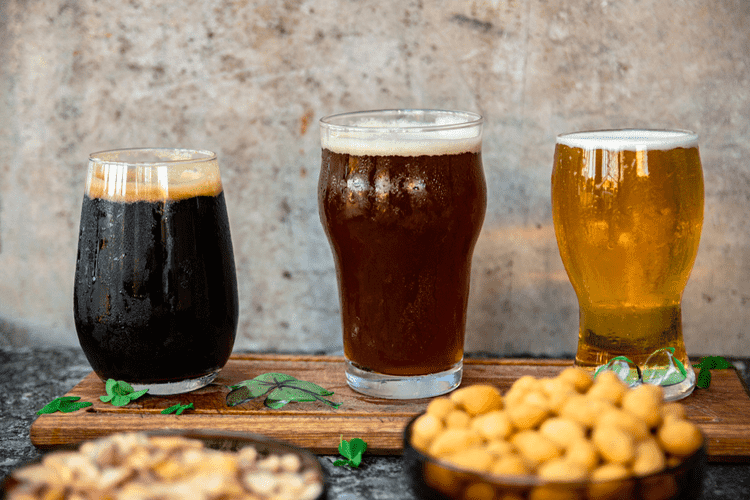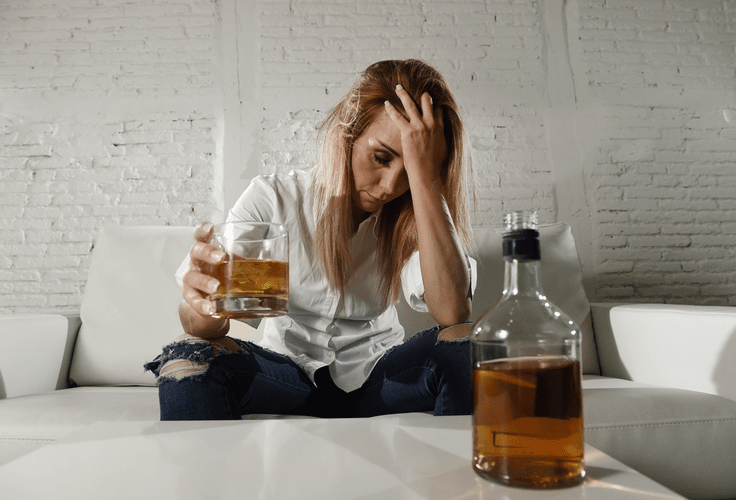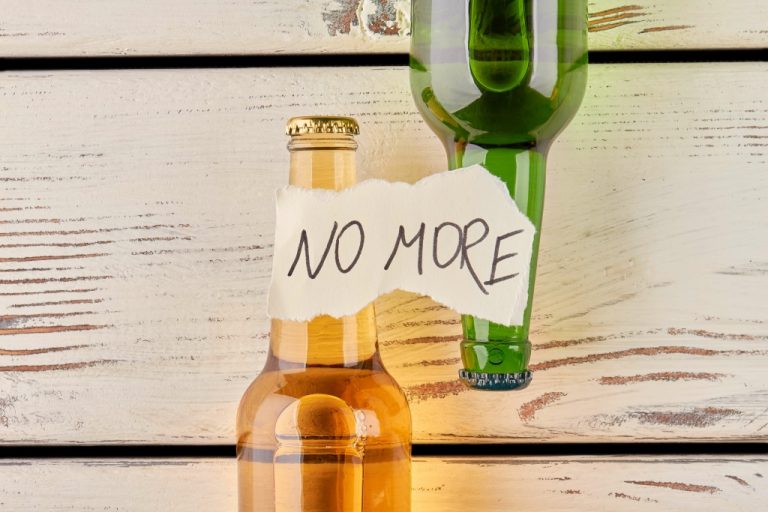Low Dose Naltrexone: What To Avoid For Safe Use
A healthy, balanced diet and proper hydration are essential for maximizing the benefits of low dose naltrexone. Long-term side effects may include liver damage, abdominal pain, and unusual bleeding or bruising. If you or a loved one is struggling with drug or alcohol addiction, Live Free Recovery https://yourprivatelife.wmndev.nl/index.php/2024/03/28/the-benzodiazepine-withdrawal-syndrome-and-its/ Services is committed to helping you achieve true recovery and start a new, healthy, and addiction-free life. Therefore, before using this product, tell your doctor or pharmacist of all the products you use.
Impaired Functioning
It is essential for individuals considering taking LDN to weigh the risks before they begin treatment. The most common side effects of LDN are dizziness, nausea, headaches, fatigue, and insomnia. Apart from these more minor issues, there are also more serious risks, such as liver damage or kidney disease, should too much of the drug accumulate in the body. These include both illicit substances such as heroin and prescription medications like oxycodone, morphine, and fentanyl. Combining these drugs with LDN can diminish their efficacy and potentially incite withdrawal symptoms. Taking low-dose naltrexone (LDN) is a popular treatment for various conditions, but there are specific drug interactions to be aware of.
Other Interactions

In clinical studies, patients taking low-dose naltrexone to treat chronic pain reported symptom relief in one to three months. However, with its increasing popularity, there are some things that patients should be aware of when considering LDN as a treatment option. In this article, we’ll discuss what to avoid when taking low-dose naltrexone and how to ensure the best results from this medication. If you experience any unusual symptoms during the discontinuation process, such as nausea, vomiting, diarrhea, or anxiety, be sure to inform your healthcare provider immediately. They may need to adjust your tapering schedule or provide additional support to help manage your symptoms.
Symptoms of overdose may include:
Consulting with a healthcare provider who is knowledgeable about both conventional and alternative therapies is essential to ensure comprehensive care. Additionally, it is important to note that certain over-the-counter medications, supplements, and herbal remedies can also interact with LDN. Always inform your healthcare provider about all the medications and supplements you are taking to prevent any potential interactions.
How To Recognize Signs And Symptoms Of Heroin Use And Where To Seek Help In New Jersey
It is used as part of an overall program that may include counseling, attending support group meetings, and other treatment recommended by your healthcare provider. Low Dose Naltrexone (LDN) is a medication that has gained popularity for its potential benefits in managing various autoimmune conditions, chronic pain, and even some mental health disorders. However, there are specific considerations when using LDN, particularly regarding lifestyle, diet, and other medications. Below is a localized FAQ to help those in New Hampshire navigate what to avoid when taking LDN. It’s imperative to collaborate closely with your healthcare provider when managing prescription medications together with low dose naltrexone therapy.

The following information describes dosages that are commonly prescribed or recommended. With addiction, a drug is taken even if it’s causing harmful outcomes. On the other hand, foods high in sugar and processed carbohydrates may increase inflammation, potentially counteracting LDN’s anti-inflammatory effects. Newer research shows that low-dose naltrexone (LDN) can also treat many other conditions.
Or you might not feel the usual buzz from drinking and end up overdoing it without meaning to. Before having any laboratory test, tell your doctor and the laboratory personnel that you are receiving naltrexone injection. Call your doctor if you have any unusual problems while receiving this medication. If you miss an appointment to receive naltrexone injection, schedule another appointment as soon as possible.
- Antidiarrheal medications containing loperamide pose significant risks when combined with LDN, as they contain opioid compounds that interact negatively with naltrexone’s receptor-blocking properties.
- This medication can be taken in pill form or as an injectable shot, and it is typically used in combination with therapy and other support programs.
- Naltrexone does not cause physical or psychological dependence, and patients are not known to experience withdrawal upon sudden discontinuation.
- Dextromethorphan, found in many cough suppressants, may interact negatively with low dose naltrexone and reduce its therapeutic effectiveness.
Since low-dose naltrexone operates on the immune system, even subtle alterations in dosage or naltrexone side effects frequency can yield significant impacts on the therapeutic outcome. Thus, consistent follow-ups are essential to fine-tune the low-dose naltrexone regimen for optimal results. One paramount reason for regular check-ups is to detect and prevent adverse reactions.
Do not drive or do anything else that could be dangerous until you know how this medicine affects you. Appropriate studies have not been performed on the relationship of age to the effects of naltrexone in the pediatric population. Keep in mind that Naltrexone is just part of the process to help you deal with alcohol and drug abuse. Keep in mind that Naltrexone is just a part of your treatment for alcohol and drug abuse. Everyone’s body is different, and many aspects could affect each person uniquely. Just because one treatment works for one person doesn’t mean it will for the next.

Higher doses aim for a full opioid blockade to prevent substance use relapse. LDN, on the other hand, uses a softer touch, avoiding full receptor shutdown while encouraging positive changes in the body’s internal balance. Its unique way of working means that certain drugs, supplements, or lifestyle choices can interfere with its effects or even trigger unwanted side effects. Knowing what to avoid when taking LDN isn’t just about following rules—it’s about giving the medication the best chance to work as intended. Take it as directed on the prescription label at the same time every day. Do not take this medication within 7 to 10 days of taking any opioid drugs.
Potential Risks and Side Effects
Naltrexone and alcohol together can increase your liver damage risk and reduce LDN’s effectiveness. Symptoms such as troubled breathing, severe allergic reactions, or even signs of liver problems (like dark urine) among others require immediate medical health care professionals and attention. Always follow the recommended dose and schedule your healthcare provider provides; do not increase or decrease your dose without medical advice.
Mixing recreational drugs with low dose naltrexone may increase the risk of an opioid overdose. When using LDN, the body requires larger quantities of opioids for users to feel their expected impact, thus increasing the danger of overdosing. At Oregon Natural Medicine, we are experts at providing safe and effective therapy with low-dose naltrexone. Our physicians create individualized treatment plans for fibromyalgia, autoimmune issues, and even the most complex cases of chronic pain. It is common for medications to be used Sobriety off-label in healthcare settings because that way, clinicians can find out how effective they can be in cases where the FDA had not recommended their usage. Consequently, LDN has been applied off-label for autoimmune diseases due to its immunomodulatory potential4, thereby reducing inflammation.



